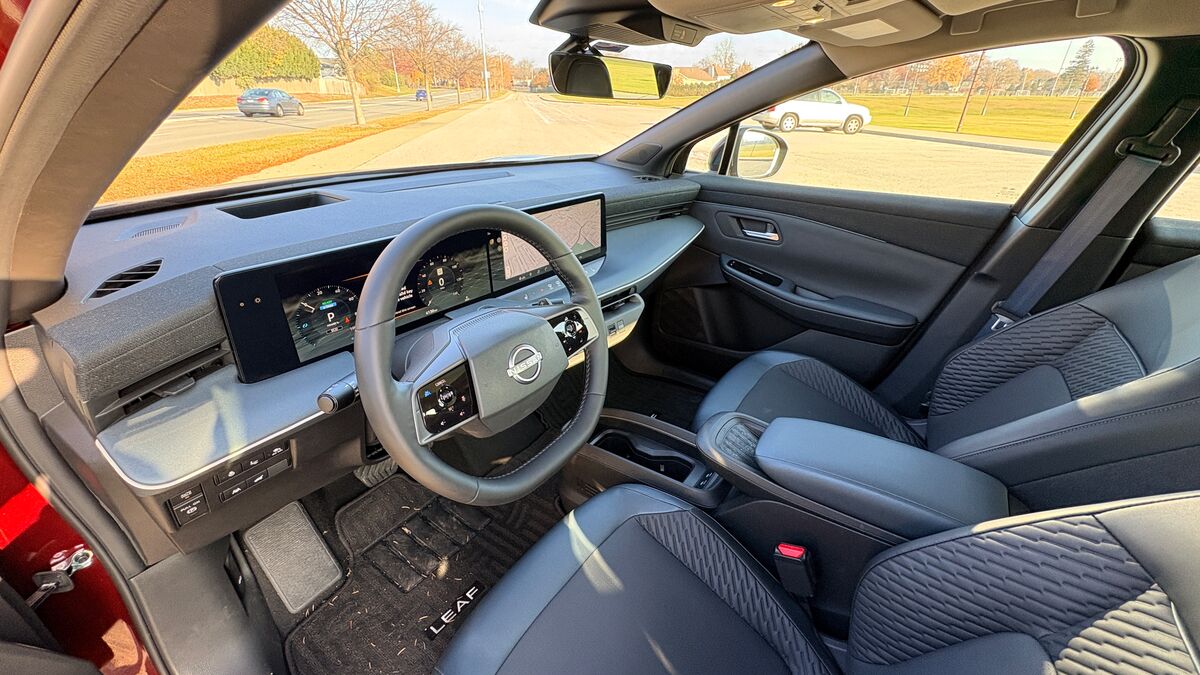Yesterday, the Federal Reserve cut its benchmark interest rate by a quarter of a point. This was the Fed’s third consecutive cut, which is good short-term news for car shoppers. Markets dropped on the move, anyway.
Why? Because the bank changed its projections for 2025. Rather than four more cuts, board members now expect to make just two.
“Rate policy is now expected to move only a half point in 2025, which is half of what they projected just three months ago,” explains Cox Automotive Chief Economist Jonathan Smoke. Cox Automotive owns Kelley Blue Book.
Related: Access to Auto Credit Improved in November
Explaining the Fed
The Federal Open Market Committee of the U.S. Federal Reserve, commonly called “the Fed,” is a committee of financial experts appointed by the president and approved by Congress. Once Fed members are in their seats for 14-year terms, they have complete independence and don’t answer to any branch of government.
The Fed sets the interest rate for overnight loans between banks. Banks then use that rate to decide what interest rate to charge for credit cards and loans.
So, a change in the benchmark rate changes the interest rate you’ll pay on your next mortgage, car loan, or credit card.
The Fed kept rates at a 23-year high for much of 2024, attempting to rein in inflation. With interest rates high, fewer Americans could afford to borrow to buy expensive items like homes and cars. The board finally cut rates in September. With yesterday’s cut, they now sit a whole point lower than they did in early fall.
What It Means for Car Shoppers
When the Fed changes rates, it releases a chart of expected future rates — what economists call the “dot plot.” Yesterday’s dot plot showed fewer 2025 rate cuts than previously projected.
The projected path would bring rates down just 1.5 points from their peak and keep borrowers paying more than expected throughout next year.
Smoke says, however, that a changing car market means the Fed rate is no longer the only thing influencing auto loan rates.
Related: Is Now the Time to Buy, Sell, or Trade in a Car?
“Auto loan rates could decline without any change by the Fed if the economy stabilizes as expected and loan performance improves,” he says.
“Lender confidence in the economy and in future used vehicle value trends, along with lower auto loan delinquencies, could see more aggressiveness by lenders.”
So far, rates on new car loans are lower in December than in November, though used car loan rates are higher.
That change in rates has cut the average monthly payment by 3%. “Affordability has improved for consumers due to the combination of these rate reductions, lower prices on used vehicles, higher incentives on new vehicles, and strong income growth,” Smoke explains.
“We expect that consumers may see even lower rates by spring, which would create the most normal and favorable buying environment since 2019.”
Political Uncertainty Ahead
Every new Presidential administration brings uncertainty to markets. However, some of President-elect Donald Trump’s announced plans have made it harder to project the future.
“New tax and fiscal policy, new tariffs, and reduced immigration could lead to increases in inflation. It is, therefore, possible that rates could move higher in the second half of 2025 after declining in the first half,” Smoke says.
Trump had a cantankerous relationship with the Fed during his first term in office. Fed board members are never a talkative bunch; however, the New York Times reports they’re being exceptionally cautious ahead of a second Trump term.
“Fed analysts try to avoid casually discussing tariffs in email or Microsoft Teams meetings, wary that the information could become public and make the Fed look anti-Trump,” a staff economist told the Times.
But Smoke says yesterday’s cut, despite tariff threats, is a sign that the board “is data-driven and is not adjusting plans based purely on speculation of possible policy changes from the Trump administration.”








